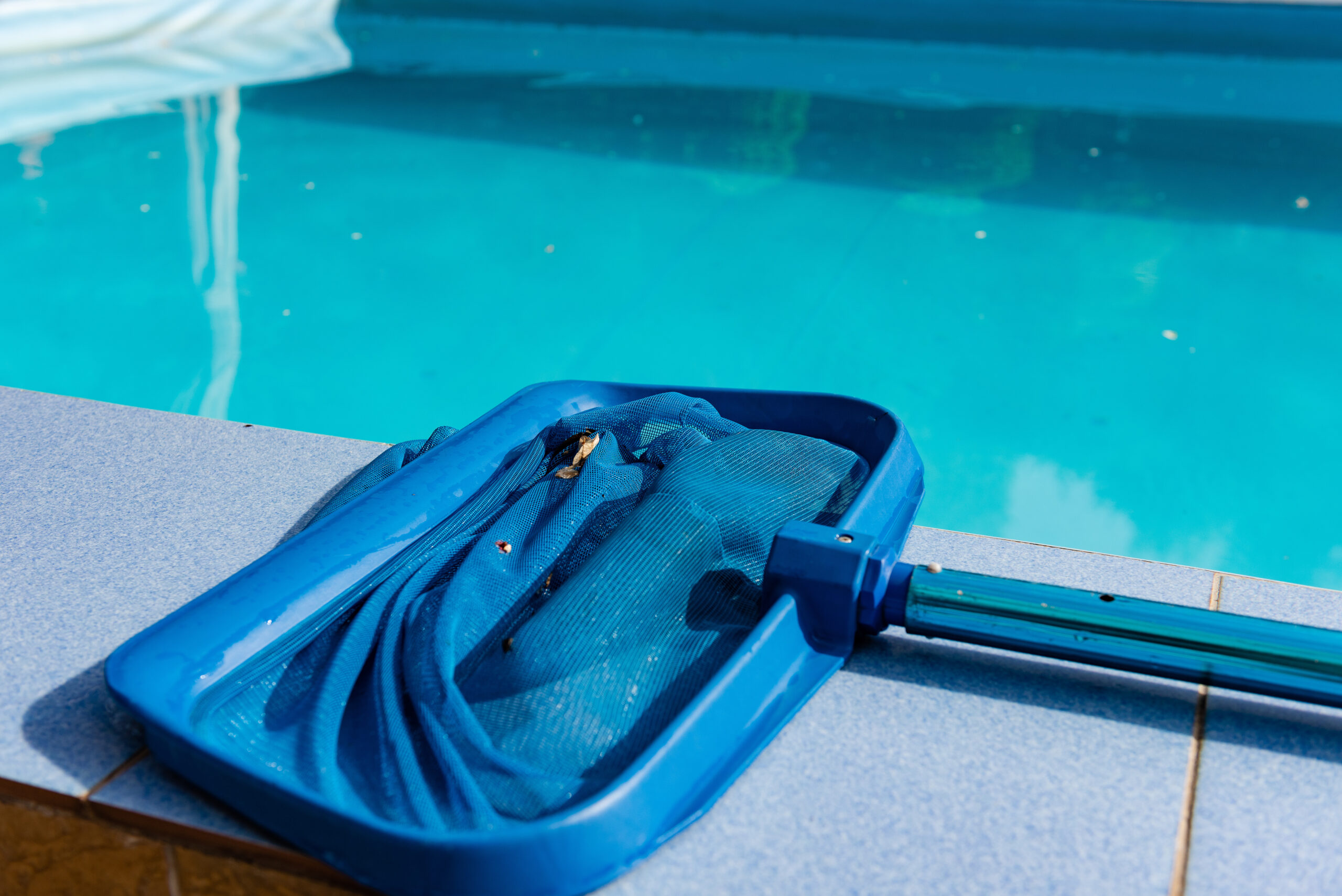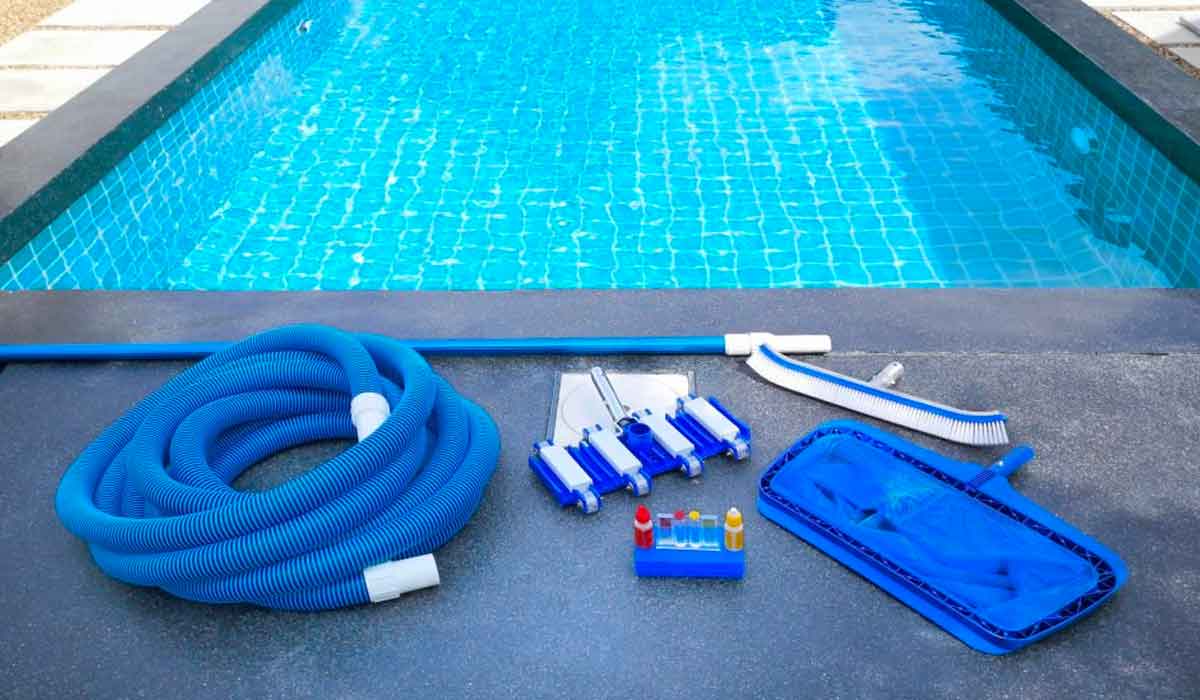Essential Swimming Pool Upkeep Tips to Maintain Your Water Sparkling Clean
Keeping an excellent pool requires a systematic strategy to water treatment and cleanliness, which ultimately adds to both the aesthetic appeal and long life of the pool itself. Adhering to these basic methods not only boosts the clearness of your pool water yet likewise safeguards against possible issues that can intensify into pricey repair work.
Test Water Chemistry Regularly
To make sure a risk-free and enjoyable swimming experience, consistently checking water chemistry is important. Correct water balance not just enhances swimmer convenience but additionally safeguards swimming pool devices and surface areas. The primary chemical criteria to keep track of consist of pH, chlorine levels, alkalinity, and calcium solidity.
pH levels must be maintained between 7.2 and 7.8, as this array reduces skin and eye irritability while optimizing chlorine performance. Chlorine levels ought to preferably be between 1-3 parts per million (ppm) to give sufficient sanitation without creating unpleasant smells or irritability. Overall alkalinity, which works as a buffer for pH, must be maintained between 80-120 ppm to support water chemistry and protect against changes.

Keep the Swimming Pool Filter Clean
Maintaining appropriate water chemistry is only component of effective swimming pool care; maintaining the swimming pool filter clean is just as crucial for ideal efficiency. The swimming pool filter plays an essential duty in eliminating particles, dirt, and impurities from the water, making sure a safe and satisfying swimming atmosphere. With time, filters can become obstructed with particles, which can substantially reduce their effectiveness.

Additionally, monitor the stress scale on your filter system. A pressure increase of 8-10 psi over the regular operating variety usually indicates that it's time for cleaning. Disregarding to preserve a clean filter can lead to inadequate water flow, unbalanced chemistry, and increased pressure on the pool pump, ultimately causing greater energy prices and prospective equipment failing.
Skim and Brush Often

Cleaning the pool walls and floor is equally crucial. It helps eliminate algae, dust, and various other impurities that might hold on to surfaces. This task should be done at the very least as soon as a week, concentrating on locations with bad flow, such as actions and edges - Pool Inspection. Utilize a pool brush with a suitable bristle type for your swimming pool surface area-- nylon brushes for vinyl or fiberglass pools, and stainless steel for plaster or floor tile surface areas.
Maintain Appropriate Water Degrees
Maintaining the swimming pool surface area clean through constant skimming and cleaning considerably contributes to total water high quality, but maintaining correct water levels is just as crucial for ideal swimming pool health and wellness. The water level in your swimming pool must preferably be at the middle of the skimmer opening. This makes sure that your skimmer can efficiently remove particles and floating impurities, avoiding build-up that can jeopardize water clarity and high quality.
Low water degrees can result in pump damages, as the pump may run completely dry, risking expensive fixings. On the other hand, exceedingly high water levels can create water to overflow, watering down chemical equilibriums and creating an unattractive mess. Frequently examine your pool's water degree, especially after heavy rains or significant dissipation due to warm.
In addition, think about variables such as pool use, ecological conditions, and the type of water attributes in your pool, as these can influence water degrees. Mounting a swimming pool cover can help decrease dissipation and keep a secure level if you find yourself constantly fighting fluctuating water levels. Eventually, routine surveillance and change of water degrees will help guarantee a healthy and balanced swimming atmosphere and prolong the life of your pool devices.
Set Up Seasonal Upkeep
Comprehending the relevance of seasonal upkeep is essential for ensuring your pool stays in ideal condition year-round. Each season brings special obstacles and problems that can influence the water quality and structural stability of your pool. By organizing upkeep tasks on a regular basis, you can protect against small concerns from rising right into expensive repairs.
In the springtime, concentrate on opening the pool, checking the filtration system, and balancing the chemical degrees. This establishes a strong foundation for the swimming season - Pool Inspection. As summer approaches, regular upkeep such as skimming particles, brushing surfaces, and surveillance water degrees ends up being important to preserve cleanliness and safety
As loss gets here, get ready for cooler temperatures by removing fallen leaves and particles, and think about winterizing your pool if it will not be utilized during the cooler months. This consists of lowering water degrees and including winterizing chemicals to safeguard against cold.
During the winter, routine look at the pool cover and tools are very important to make sure everything continues to be intact. By adhering to a seasonal upkeep schedule, you can expand the life of your pool and keep it inviting and safe for usage year-round.
Final Thought
Normal swimming pool maintenance is essential for making sure water clarity and safety and Pool Inspection security. By regularly testing water chemistry, maintaining the pool filter in ideal condition, and executing regular skimming and cleaning, swimming pool proprietors can effectively prevent algae development and various other concerns. Maintaining correct water levels improves blood circulation, while adhering to a seasonal upkeep schedule assists attend to prospective problems proactively. Implementing these necessary methods will certainly contribute considerably to a clean and inviting swimming setting.
By keeping correct water chemistry, pool owners can make sure a secure environment, prolong devices life, and boost total enjoyment of their swimming pool.
Preserving appropriate water chemistry is just component of reliable swimming pool care; keeping the pool filter clean is similarly crucial for ideal efficiency. Make use of a swimming pool brush with a suitable bristle type for your pool surface-- nylon brushes for vinyl or fiberglass pools, and stainless steel for plaster or tile surfaces.
Keeping the pool surface clean through frequent skimming and brushing significantly contributes to overall water quality, however maintaining proper water levels is equally essential for optimal pool health.In addition, consider factors such as swimming pool use, environmental problems, and the type of water features in your pool, as these can affect water degrees.